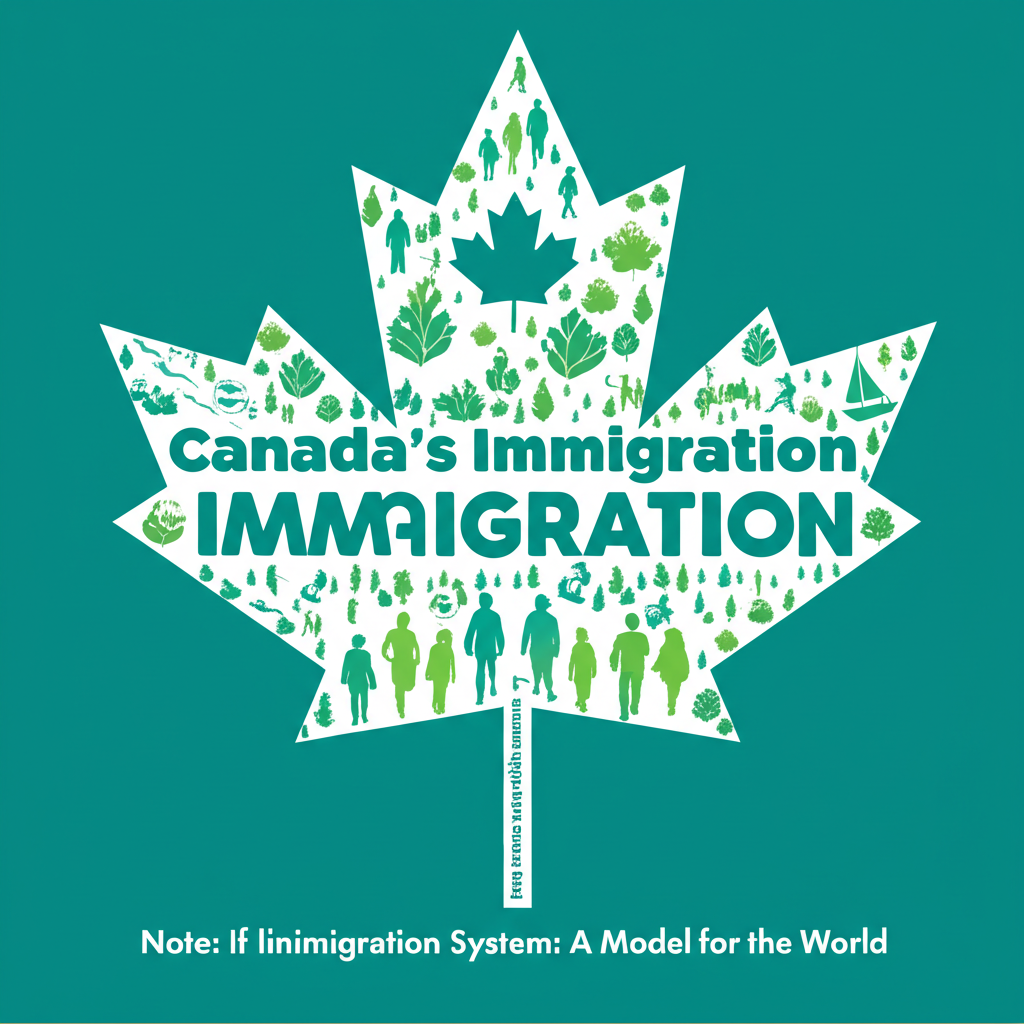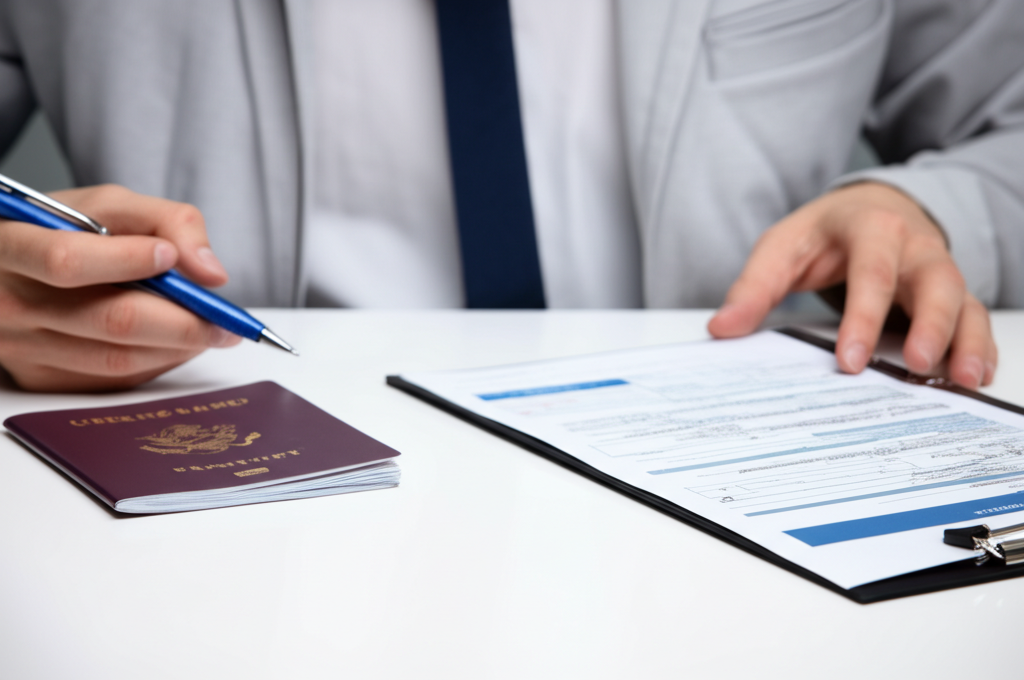Things Green Card Holders Need to Know Before Traveling Abroad in 2025

Things Green Card Holders Need to Know Before Traveling Abroad in 2025

Careful planning is essential for Green Card holders traveling internationally to maintain their permanent resident status.
Introduction
As a U.S. permanent resident (Green Card holder), you enjoy many privileges, including the freedom to travel internationally. However, this freedom comes with important responsibilities and limitations that, if overlooked, could jeopardize your permanent resident status. With travel regulations and policies constantly evolving, staying informed is more crucial than ever.
This comprehensive guide covers everything Green Card holders need to know before traveling abroad in 2025, including recent policy updates, documentation requirements, time limitations, and best practices to ensure a smooth return to the United States. Whether you're planning a brief vacation, an extended business trip, or visiting family overseas, understanding these guidelines will help protect your immigration status and avoid potential complications.
Remember, your Green Card represents your right to live and work permanently in the United States—a right worth protecting through proper travel planning and compliance with immigration regulations.
2025 Travel Advisory
Due to ongoing global situations and policy changes, Green Card holders should check the latest travel advisories and entry requirements for both the U.S. and their destination countries before finalizing travel plans. Requirements may change with minimal notice.
Understanding Your Green Card Travel Rights
Before diving into specific requirements and recommendations, it's important to understand what your Green Card allows in terms of international travel:
What Your Green Card Permits
- Re-entry to the United States after temporary travel abroad
- Proof of your right to live and work permanently in the United States
- Visa-free travel to certain countries (varies by your citizenship)
What Your Green Card Does Not Permit
- Unlimited time outside the United States
- Automatic re-entry if you've abandoned your U.S. residence
- The same travel freedoms as U.S. citizenship

U.S. Customs and Border Protection officers have the authority to question returning Green Card holders about the purpose and duration of their travel.
Essential Documents for International Travel
When traveling internationally as a Green Card holder, you should always carry these essential documents:
Required Documents
- Valid Green Card (Form I-551) - Your primary proof of permanent resident status
- Valid passport from your country of citizenship - Must be valid for at least six months beyond your planned return date
- Re-entry permit (if applicable) - For trips longer than one year
Recommended Additional Documents
- Proof of U.S. ties - Evidence of your residence, employment, family connections, and financial ties to the U.S.
- Travel itinerary - Showing your planned return date to the U.S.
- Recent U.S. tax returns - Demonstrating compliance with U.S. tax obligations
- Property documents - Deeds, mortgage statements, or lease agreements for U.S. property
- Employment verification - Letter from your U.S. employer or evidence of a U.S.-based business
Document Safety Tip
Keep digital copies of all your important documents in a secure cloud storage service. Also, leave physical copies with a trusted person in the U.S. who can send them to you in case of emergency.
Time Limitations for Travel Abroad
One of the most critical factors for Green Card holders traveling internationally is the duration of time spent outside the United States. Extended absences can raise questions about your intent to maintain permanent residence and potentially lead to the loss of your Green Card.
General Guidelines for Travel Duration
| Length of Absence | Potential Consequences | Recommended Documentation |
|---|---|---|
| Less than 6 months | Generally no issues | Standard travel documents |
| 6 months to 1 year | Possible questions about residence | Evidence of U.S. ties and reason for extended stay |
| More than 1 year | Presumed abandonment of residence | Re-entry permit obtained before departure |
| More than 2 years | Green Card likely considered abandoned | New immigrant visa or SB-1 returning resident visa may be required |

Understanding time limitations is crucial for maintaining your permanent resident status.
Re-entry Permits: When and How to Apply
If you plan to be outside the United States for more than one year but less than two years, you should apply for a re-entry permit before leaving. This document helps demonstrate that you don't intend to abandon your permanent resident status despite a prolonged absence.
Re-entry Permit Application Process
- File Form I-131 (Application for Travel Document) with USCIS while you are physically present in the U.S.
- Attend a biometrics appointment at a USCIS Application Support Center
- Wait for approval (processing times in 2025 average 4-6 months)
- Receive your re-entry permit, valid for up to 2 years
Important 2025 Update
As of January 2025, USCIS has implemented expedited processing for re-entry permits in certain circumstances, including medical emergencies, humanitarian reasons, and employer-mandated assignments. Additional documentation and fees apply for expedited service.
Re-entry Permit Limitations
- Cannot be extended or renewed from outside the U.S.
- Maximum validity of 2 years, regardless of circumstances
- Does not guarantee re-entry if other factors suggest abandonment of residence
- Subsequent re-entry permits may be issued for shorter periods
Continuous Residence for Naturalization Purposes
If you're planning to apply for U.S. citizenship in the future, you should be aware that international travel can affect your eligibility under the continuous residence requirement.
How Travel Affects Continuous Residence
- Absences of more than 6 months but less than 1 year may disrupt continuous residence
- Absences of 1 year or more automatically break continuous residence
- Multiple shorter trips that show a pattern of spending significant time abroad may be problematic
Naturalization Timeline Considerations
For naturalization purposes, you generally must:
- Be a permanent resident for at least 5 years (3 years if married to a U.S. citizen)
- Be physically present in the U.S. for at least half of that time
- Not be absent from the U.S. for more than 1 year at a time
Naturalization Planning Tip
If citizenship is your goal, consider limiting international travel to short trips in the 5 years before you plan to apply. If extended travel is necessary, consult with an immigration attorney about filing Form N-470 to preserve your continuous residence in certain situations.
Tax Obligations While Abroad
As a U.S. permanent resident, you must continue to file U.S. tax returns reporting your worldwide income, regardless of where you live or how long you stay abroad. Failure to meet tax obligations can affect both your Green Card status and future naturalization applications.
Key Tax Considerations for 2025
- File annual tax returns even if you're living abroad
- Report foreign bank accounts exceeding $10,000 through FBAR filing
- Be aware of tax treaties between the U.S. and your country of residence
- Consider the Foreign Earned Income Exclusion if working abroad
- Maintain records of tax compliance for immigration purposes
Tax Warning
The IRS and USCIS share information. Tax non-compliance can be considered evidence that you've abandoned your intent to permanently reside in the U.S. and can negatively impact future immigration benefits.
Traveling with Family Members
If you're traveling with family members who also have Green Cards, each person must comply with the same requirements to maintain their status. Additionally, there are special considerations for children and spouses:
Children with Green Cards
- Children under 18 generally maintain their status through their parents
- School-age children should have documentation explaining extended absences from U.S. schools
- Consider educational implications of extended time abroad
Spouses with Different Immigration Status
If your spouse has a different immigration status:
- Ensure each person has proper documentation for their specific status
- Be aware that different family members may have different travel restrictions
- Consider consulting an immigration attorney for complex family situations

Families with mixed immigration statuses should plan carefully for international travel.
Country-Specific Entry Requirements
While your Green Card facilitates re-entry to the United States, entry requirements for other countries depend on your citizenship, not your U.S. permanent resident status. Some countries do offer visa-free or visa-on-arrival entry to U.S. Green Card holders, but this varies widely.
Popular Destinations for Green Card Holders in 2025
| Country/Region | Entry Requirements for Green Card Holders | Maximum Stay Without Visa |
|---|---|---|
| Canada | eTA or visa depending on citizenship | Up to 6 months with proper documentation |
| Mexico | Tourist card (FMM) required | Up to 180 days |
| European Union (Schengen) | Varies by citizenship; ETIAS required from 2025 | 90 days within any 180-day period |
| United Kingdom | Electronic Travel Authorization (ETA) required | Up to 6 months |
| Caribbean Nations | Varies by country and citizenship | Typically 30-90 days |
2025 Travel Update
The European Union's ETIAS (European Travel Information and Authorization System) is now fully implemented as of 2025. Most non-EU citizens, including those with U.S. Green Cards, must obtain this electronic authorization before traveling to Schengen Area countries.
Emergency Situations While Abroad
Sometimes, circumstances beyond your control may extend your stay abroad. Here's how to handle emergency situations:
Medical Emergencies
- Obtain documentation from medical providers about your condition and treatment
- Contact the nearest U.S. embassy or consulate to document your situation
- Keep records of all communications regarding your emergency
- If possible, have someone in the U.S. contact USCIS to explain your situation
Natural Disasters or Civil Unrest
- Register with the U.S. embassy through the Smart Traveler Enrollment Program (STEP)
- Follow evacuation instructions from the U.S. embassy if issued
- Gather documentation of the emergency situation (news reports, government advisories)
- Document all attempts to return to the U.S. as soon as possible
Lost or Stolen Green Card
- Report the loss to local police and obtain a police report
- Contact the nearest U.S. embassy or consulate immediately
- Apply for a boarding foil (transportation letter) to return to the U.S.
- File Form I-90 to replace your Green Card upon return to the U.S.
Emergency Contact Information
U.S. Department of State Overseas Citizens Services: +1-202-501-4444
This 24/7 emergency assistance line can connect you with the nearest U.S. embassy or consulate.
Returning to the United States
When returning to the U.S. after international travel, be prepared for questions from Customs and Border Protection (CBP) officers about the purpose and duration of your trip.
Re-entry Procedures
- Present your valid, unexpired Green Card and passport
- Complete customs declaration forms honestly and accurately
- Answer all CBP officer questions truthfully and concisely
- Be prepared to show evidence of your ties to the U.S. if requested
- Expect additional screening if returning from extended travel
Potential Questions from CBP Officers
- "How long have you been outside the United States?"
- "What was the purpose of your travel?"
- "Where do you live in the United States?"
- "Where do you work or study?"
- "Do you own or rent property in the U.S.?"
- "Do you file U.S. tax returns?"

CBP officers have the authority to question returning Green Card holders about their travel and ties to the United States.
Special Considerations for 2025
Several new policies and global situations in 2025 may affect Green Card holders traveling internationally:
Digital Green Card Pilot Program
USCIS has launched a pilot program allowing some Green Card holders to access a secure digital version of their Green Card through the myUSCIS portal. While this digital version can be useful for identification in some circumstances, it does NOT replace the physical card for international travel. Always carry your physical Green Card when traveling internationally.
Biometric Exit System Expansion
The U.S. has expanded its biometric exit system to more international airports. This system matches your departure information with your entry records. Ensure your departure is properly recorded by following all exit procedures at your departure airport.
Enhanced Scrutiny of Extended Absences
In 2025, CBP has implemented enhanced screening procedures for permanent residents returning after absences of more than 180 days. Be prepared for more detailed questioning and potentially longer processing times.
Global Health Requirements
Following global health events in recent years, many countries maintain specific health documentation requirements. Check both U.S. and destination country requirements for any necessary vaccinations, tests, or health declarations.
2025 Travel Advisory
The U.S. Department of State continues to issue country-specific travel advisories. Check travel.state.gov for the latest information about your destination before finalizing travel plans.
Abandonment of Permanent Resident Status
Understanding what constitutes abandonment of permanent resident status is crucial for Green Card holders who travel frequently or for extended periods:
Actions That May Indicate Abandonment
- Moving to another country with the intention of living there permanently
- Remaining outside the U.S. for extended periods without a re-entry permit
- Failing to file U.S. tax returns while living abroad
- Declaring yourself a "non-immigrant" on tax returns
- Voting in foreign elections (in some circumstances)
- Claiming primary residence in another country
If You're Questioned About Abandonment
If a CBP officer believes you may have abandoned your permanent resident status:
- You may be asked to sign Form I-407 (Record of Abandonment of Lawful Permanent Resident Status)
- You have the right to refuse to sign this form
- You can request a hearing before an immigration judge
- You may be issued a Notice to Appear (NTA) for removal proceedings
Legal Rights Advisory
You are NOT required to sign Form I-407 if presented with it at the border. You have the right to a hearing before an immigration judge to present evidence that you have not abandoned your permanent resident status. Consider contacting an immigration attorney immediately if faced with this situation.
Planning for Citizenship
If becoming a U.S. citizen is your goal, careful travel planning is essential to meet the continuous residence and physical presence requirements:
Naturalization Requirements Affected by Travel
- Continuous Residence: Living in the U.S. for 5 years after getting your Green Card (3 years if married to a U.S. citizen)
- Physical Presence: Being physically present in the U.S. for at least half of the qualifying period
- State Residence: Living in the state where you apply for at least 3 months
Preserving Eligibility for Naturalization
- Keep detailed records of all international travel, including exact dates
- Limit trips to less than 6 months when possible
- Consider filing Form N-470 if eligible to preserve continuous residence while working abroad for certain employers
- Maintain strong ties to the U.S. even while traveling

Careful travel planning can help ensure you meet the requirements for U.S. citizenship.
Conclusion
International travel as a Green Card holder requires careful planning and awareness of immigration regulations to protect your permanent resident status. By understanding time limitations, carrying proper documentation, maintaining strong ties to the United States, and following re-entry procedures, you can enjoy international travel while preserving your right to live and work in the U.S.
The key to successful international travel as a permanent resident is preparation. Before any trip abroad, assess its potential impact on your immigration status, gather necessary documentation, and understand the specific requirements for your destination. If planning extended travel, consider consulting with an immigration attorney to develop a strategy that protects your Green Card status.
Remember that your Green Card represents a significant achievement and opportunity. Taking the time to understand and follow the rules for international travel will help ensure you maintain this valuable status for as long as you need it—whether your ultimate goal is lifelong permanent residence or eventual U.S. citizenship.
Need Help With Your Travel Documents?
Our document generation tools can help you create professional travel documents to support your international trips.
Need Help With Your Visa Documents?
Our document generation tools can help you create professional visa application documents quickly and accurately.